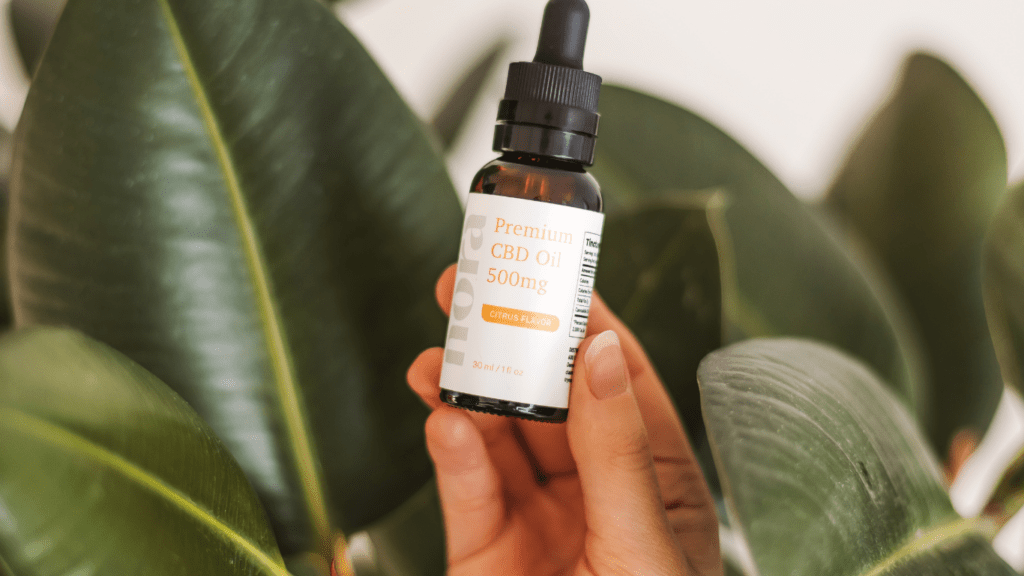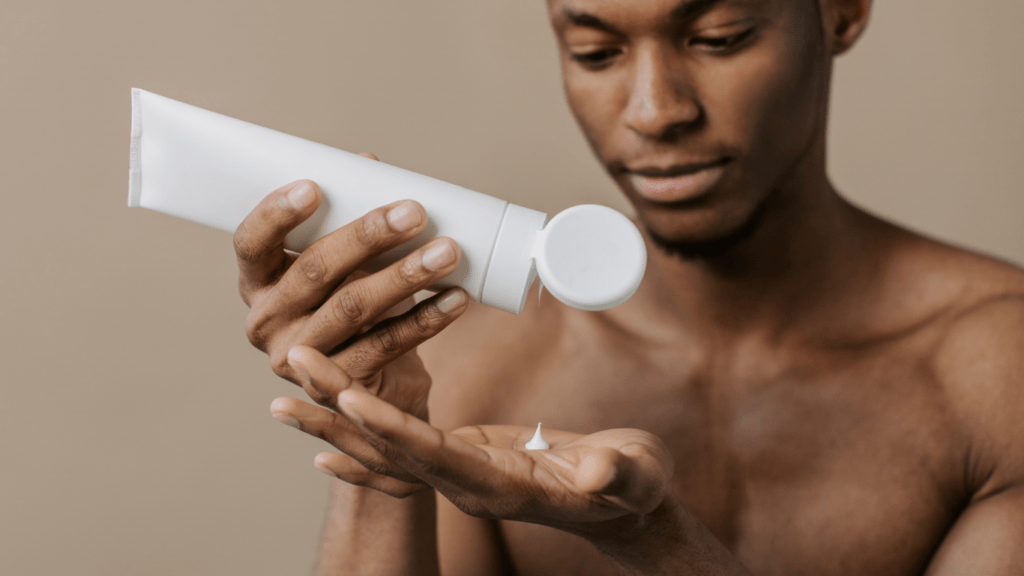Understanding Serums
Serums deliver high concentrations of active ingredients deep into the skin. Here’s what you should know about their benefits and how they work.
What Are Serums?
Serums are lightweight, fast-absorbing liquids. They contain potent active ingredients like hyaluronic acid, vitamin C, and retinol. These ingredients target specific concerns, such as hydration, brightening, and anti-aging. Unlike moisturizers, serums have smaller molecules allowing deeper penetration.
Benefits of Using Serums
Using serums offers multiple skin benefits. Serums hydrate, brighten, and smooth fine lines. For example, hyaluronic acid plumps the skin, vitamin C reduces dark spots, and retinol increases cell turnover. Incorporating serums addresses concerns more directly compared to other skincare products.
Choosing the Right Serum

Selecting the ideal serum depends on understanding your skin type and specific needs.
Skin Types and Serums
Different skin types benefit from particular serums. Oily skin needs serums with salicylic acid or niacinamide to control oil and reduce pores. Dry skin benefits from hyaluronic acid or glycerin for hydration.
Combination skin requires balancing formulas, including both hydrating and oil-controlling ingredients. Sensitive skin benefits from serums containing calming agents like aloe vera or chamomile.
Key Ingredients to Look For
Key ingredients cater to targeted skin concerns:
- Vitamin C brightens and combats aging.
- Hyaluronic acid intensely hydrates.
- Retinol reduces fine lines and evens skin tone.
- Salicylic acid clears pores and reduces acne.
- Niacinamide improves texture and minimizes pores.
Peptides support collagen production for firmer skin. Identify these ingredients to address your unique skincare needs effectively.
When to Apply Serums
Understanding the optimal time to apply serums in your skincare routine ensures you get the most benefits from their active ingredients.
Daytime vs. Nighttime Use
Different serums work best at different times of the day. For daytime use, vitamin C serums protect skin from UV damage and environmental pollutants.
- Antioxidant properties in vitamin C enhance your skin’s defense mechanism, making it ideal to apply in the morning.
- Apply a lightweight hydrating serum with hyaluronic acid and follow with sunscreen to maintain moisture throughout the day and shield from sun damage.
- Nighttime is suitable for serums like retinol and peptides.
- Retinol, an anti-aging ingredient, works effectively overnight when skin repairs itself.
- Peptides boost collagen production during rest, reducing fine lines over time.
- Use a richer formula at night to support skin’s natural repair process without interference from external factors.
Layering with Other Products
Correctly layering serums with other products maximizes efficacy. Apply serums immediately after cleansing and toning, as clean skin absorbs active ingredients better.
Follow the “thinnest to thickest” rule: apply the lightest formulas first, then move to thicker moisturizers or oils. Thin serums penetrate the skin quickly and deeply, while thicker products seal in moisture.
For example, after cleansing and toning, start with a hydrating serum containing hyaluronic acid, followed by targeted treatments like a vitamin C serum. If using multiple serums, wait a few minutes between applications for optimal absorption. Finish with a moisturizer to lock in the benefits of the serums.
How to Apply Serums
Applying serums correctly ensures maximum benefits for the skin. Follow these steps and avoid common mistakes for an effective skincare routine.
Steps to Incorporate Serums
- Cleanse Your Face: Start with a clean face. Use a gentle cleanser to remove dirt and excess oil. This prepares the skin for better absorption.
- Tone Your Skin: Apply a toner to balance your skin’s pH levels. Toners help serums penetrate deeper into the skin.
- Apply Serum: Use a few drops of the serum. Gently pat it into your skin with your fingertips. Focus on areas with specific concerns.
- Moisturize: Lock in the serum by applying a moisturizer. This creates a protective barrier, keeping the serum’s active ingredients intact.
- Sunscreen: In your morning routine, finish with sunscreen. This protects your skin from UV damage and enhances the serum’s benefits.
- Overusing Serums: Using too much can overwhelm your skin. Stick to a few drops for optimal results.
- Mixing Incompatible Ingredients: Some serums don’t combine well. For example, avoid using vitamin C with retinol simultaneously.
- Skipping Moisturizer: Never skip this step. Moisturizer seals in the serum and provides necessary hydration.
- Inconsistent Application: Regular use is key. Apply serums consistently to see and maintain results.
- Not Patch Testing: Always perform a patch test before fully incorporating a new serum. This helps avoid adverse reactions.
Building a Skincare Routine with Serums
Incorporating serums into your skincare routine can be transformative if you follow a structured order and adapt to seasonal changes. Below, I’ll detail the optimal routine order and how to adjust your regimen as the weather shifts.
Recommended Routine Order
- Cleansing: Start by cleansing your face with a gentle cleanser to remove impurities. This ensures that the serum penetrates effectively.
- Toning: Use a toner to balance pH levels and prep your skin for better absorption. Look for alcohol-free toners to avoid dryness.
- Applying Serum: Apply a few drops of your selected serum. Spread it evenly across your face, focusing on areas with specific concerns. For instance, use a vitamin C serum in the morning for antioxidant protection, and a retinol serum at night for anti-aging.
- Moisturizing: Lock in the serum with a moisturizer suitable for your skin type. This step prevents moisture loss and enhances the serum’s efficacy.
- Sun Protection: In the daytime, finish your routine with a broad-spectrum sunscreen. This shields your skin from harmful UV rays and enhances the protective benefits of your serums.
- Winter: In colder months, opt for serums with hydrating ingredients like hyaluronic acid. Pair them with richer moisturizers to combat dryness.
- Summer: During hotter, humid weather, choose lighter serums containing ingredients like niacinamide to control oil and reduce pore size. Use gel-based moisturizers for a non-greasy feel.
- Spring/Fall: Transition periods require a balance. Use antioxidant serums to protect against varying environmental aggressors and maintain balanced hydration.
Adjusting your routine order and serum ingredients based on seasons ensures that your skin remains healthy and vibrant year-round.


 Bonnie Brown is an expert in holistic wellness with over a decade of experience in natural health and skincare. She has dedicated her career to helping individuals achieve radiant health through plant-based solutions and mindful self-care practices. Bonnie is passionate about blending ancient traditions with modern wellness techniques, making her insights a valuable resource for anyone on a journey to healthier skin and overall well-being.
Bonnie Brown is an expert in holistic wellness with over a decade of experience in natural health and skincare. She has dedicated her career to helping individuals achieve radiant health through plant-based solutions and mindful self-care practices. Bonnie is passionate about blending ancient traditions with modern wellness techniques, making her insights a valuable resource for anyone on a journey to healthier skin and overall well-being.
